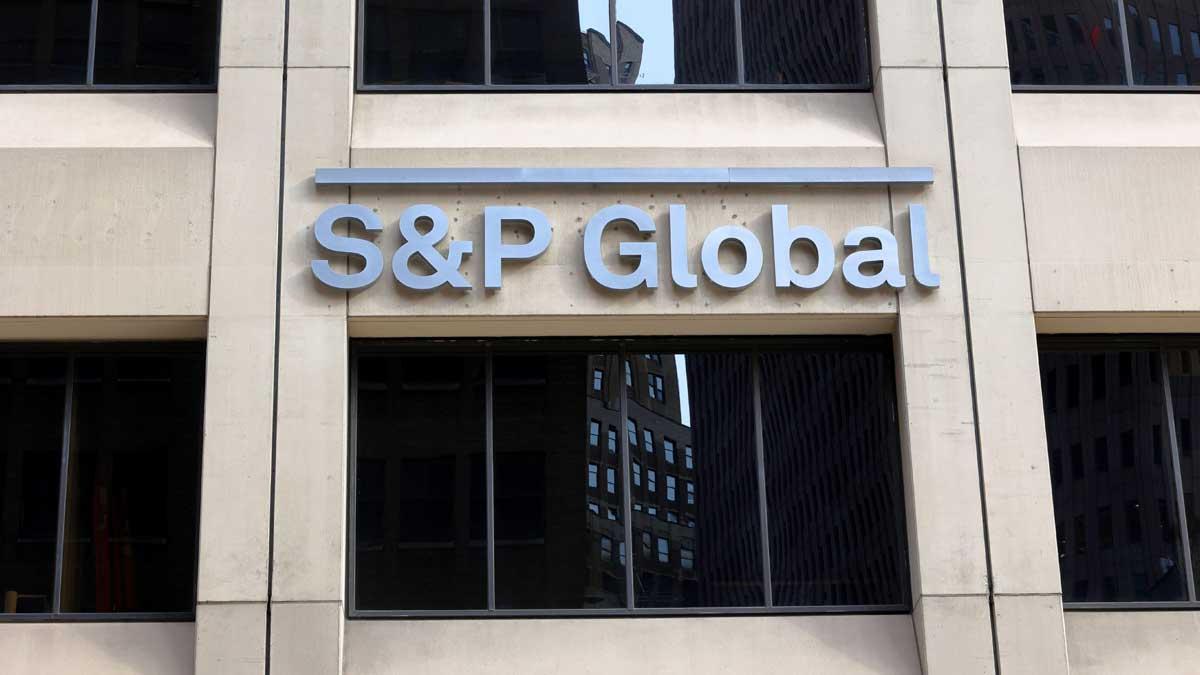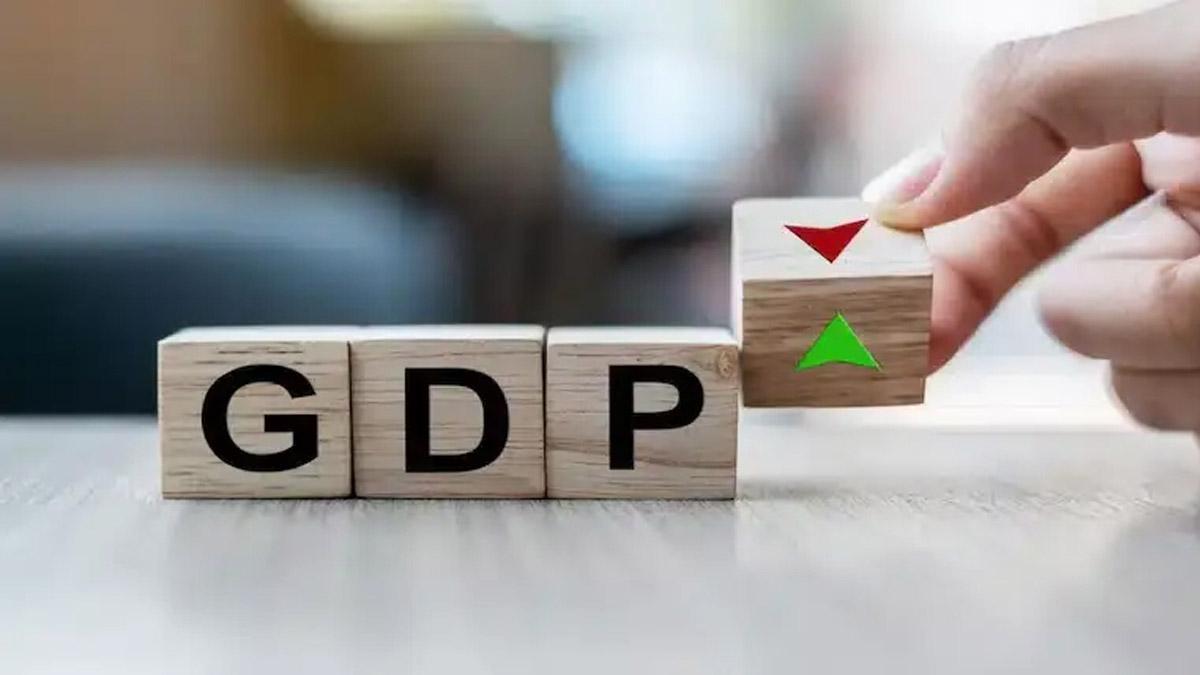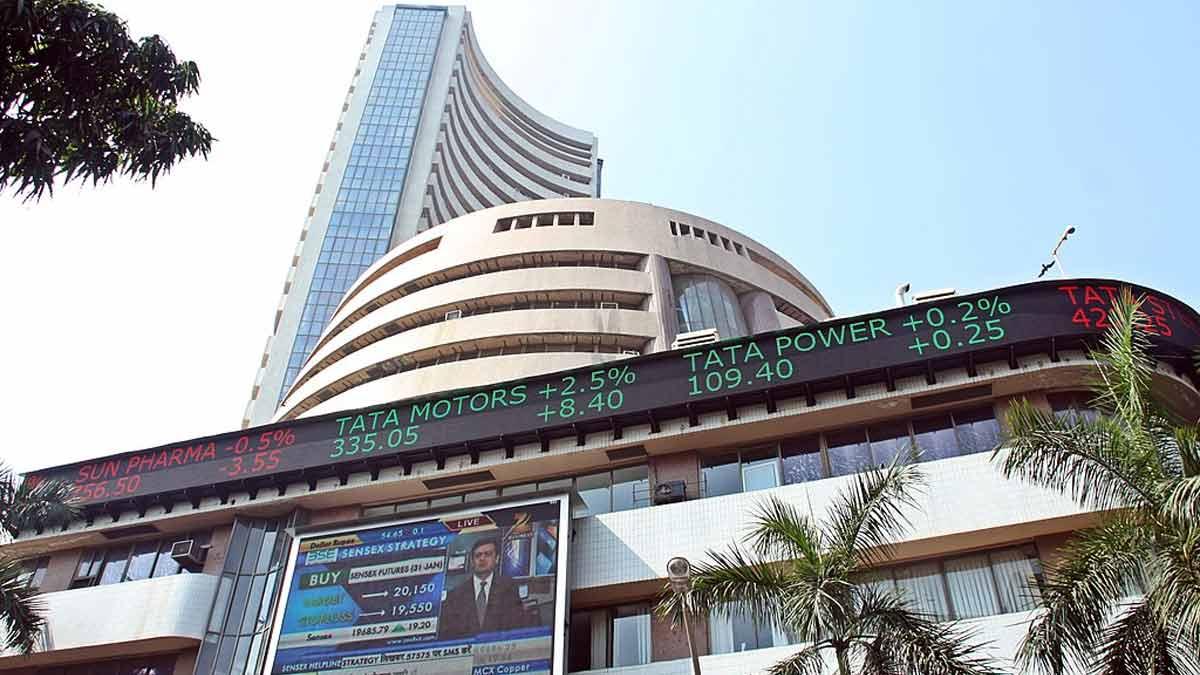After a decade-long interval, S&P Global Ratings upgraded India's outlook from stable to positive on Wednesday, citing strong growth prospects and increased public spending for the next three years. This change raises the possibility of a future rating upgrade within two years, contingent on the government's continuation of reforms and fiscal discipline.
While maintaining India's sovereign rating at 'BBB-', the lowest investment grade, S&P emphasized expectations of consistent economic reforms and fiscal policies, regardless of the upcoming election results, which will be announced on June 4.
“India outlook revised to positive on robust growth and rising quality of government spend,” S&P said, while affirming long-term rating at ‘BBB-‘.
Finance Minister Nirmala Sitharaman welcomed the revised outlook, saying that it reflected the strong growth of India and the promising future lying ahead for the country. She further said India is well on the path to becoming the third-largest economy during the third term of the present government and achieving the status of a developed nation by 2047. Sovereign ratings are a crucial indicator of the country's creditworthiness, a point that affects borrowing costs.
“India is well on track to become the third-largest economy in the third term of the government and become a Viksit Bharat by 2047,” Sitharaman said in a post on X.
The last such revision in outlook by S&P was in 2014, when it upgraded the rating from negative to stable. The positive outlook for India on the part of S&P reflects its strong economic growth, significant improvement in the quality of government spending, and political willingness toward fiscal consolidation—all of which would benefit the country's credit metrics. Irrespective of the outcome of the general elections due in June 2024, S&P expects the new government to continue with economic reforms and commitments to fiscal consolidation and investments in infrastructure.
“Our positive outlook on India is predicated on its robust economic growth, pronounced improvement in the quality of government spending, and political commitment to fiscal consolidation. We believe these factors are coalescing to benefit credit metrics,” S&P said.
The finance ministry has been pitching for an upgrade of the rating in view of better fiscal management and sound economic fundamentals, including high foreign exchange reserves. The rating announcement by S&P has come just after the RBI transferred a record dividend of Rs 2.10 lakh crore to the government, which can help bring down the fiscal deficit. The government has set itself a target of reducing the fiscal deficit to 5.1% of GDP by March 2025 and further to 4.5% by March 2026.
S&P expects that solid economic fundamentals would support growth over the next two to three years. It said that economic reforms and fiscal policies would largely remain consistent, regardless of the election results.According to S&P, the government's expenditure composition has undergone a change with a greater share of infrastructure, which would help in removing the bottlenecks and spur growth.
India's strong economic growth continues to underpin its credit metrics, S&P said. The rating agency is forecasting 6.8% real GDP growth this year, one of the best performances relative to peers in an otherwise slowing global economy. Over the last three years, India's real GDP growth has averaged 8.1% a year, the highest within the Asia-Pacific region.S&P projects that it would continue to grow, with GDP expanding nearly 7% annually over the next three years, helping to moderate the government debt-to-GDP ratio despite substantial fiscal deficits.Government spending quality has improved over the last four to five years; public investment and consumer spending are underpinning solid growth prospects.The Modi administration has increased budget allocations to infrastructure, with capital expenditure projected to rise to Rs 11 lakh crore, or about 3.4% of GDP in fiscal 2025—almost 4.5 times higher than a decade ago.
S&P believes that enhancements in infrastructure and connectivity will address bottlenecks and support long-term economic growth in India.
India's fiscal weaknesses have traditionally been a vulnerable aspect of its sovereign ratings profile. All three major global rating agencies—S&P, Fitch, and Moody's—currently rate India at the lowest investment grade, with Fitch and Moody's maintaining a stable outlook.
S&P indicated it might raise India's ratings if the fiscal deficit narrows significantly, reducing general government debt to below 7% of GDP structurally. An improved central bank monetary policy effectiveness and credibility, leading to sustained lower inflation, could also trigger a rating upgrade.
Read Also | Goldman Sachs ups India’s GDP growth forecast to 6.7%
Read Also | Strong Potential for 8% GDP Growth in FY24, Says CEA


















